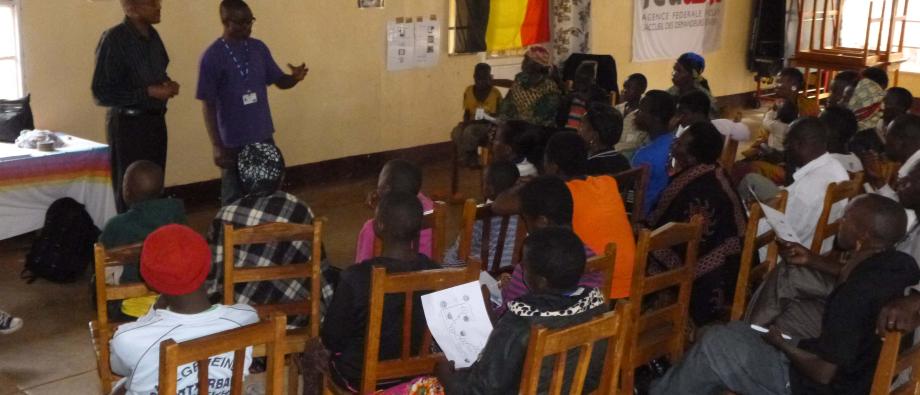Resettlement: Arrival of the 52 resettled Congolese

Composition of the groupThe 52 Congolese who arrived in Belgium in mid-November came from two refugee camps located in the Muyinga region (North-East Burundi): the Gasorwe and Musasa camps. The group consisted of 11 families, selected during a mission carried out by the CGRS in October on the basis of applications submitted by the UNHCR.The families were couples with children and, for the most part, women alone with children, sometimes three generations. The reception committee waiting for them at the airport was composed of those who had selected the refugees and organised their cultural orientation, together with people selected to provide their initial welcome.Eight of the eleven families were first received at Fedasil's Pondrôme centre (Beauraing), while the other three families were received in Fedasil's centre in Sint-Truiden. They are due to spend six weeks in the reception centres and will then move to accommodation provided by one of the candidate Public Social Welfare Centres early in the new year. This first reception is an opportunity to begin the integration of the families and ensure that young children can return to school.Cultural orientation missionFedasil organised a cultural organisation mission for the refugees, as it did for the group of Burundians in summer.During the days leading up to their departure for Belgium, the Congolese were able to have a glimpse of life in their future host country. The Fedasil employees led various educational activities relating to different aspects of our society, such as accommodation, employment, education, standards and values, cost of living, family reunification and sport. For example, the families had to associate images representing clothes and accessories with one of the four seasons, in order to understand the effects of seasonal variations, or give prices to typical food products, place a photo of their child at the right school level or mime a sporting activity.After each activity, there was a discussion of the subject tackled and the refugees were able to ask questions. An interpreter was present for the three days to guarantee good communication. On the last day, there was a slide show summarising all the information they had been given.
- http://www.resettlement.be
